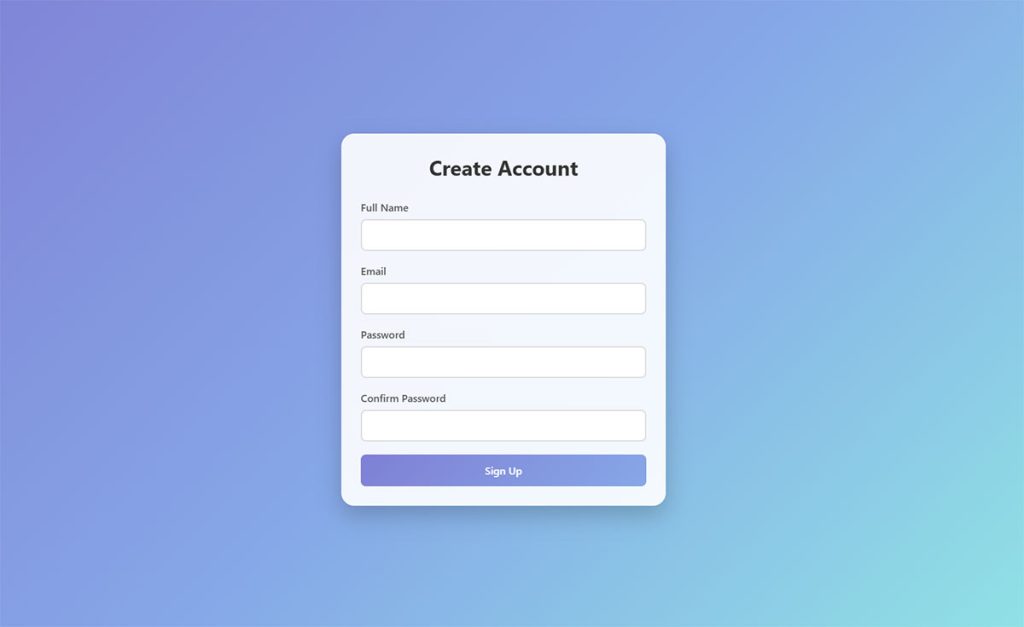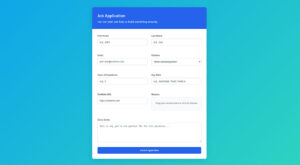Tailwind CSS has revolutionized how we create and style forms. Its utility-first approach offers a seamless way to build and customize form elements, making the task of front-end development more…
Table of Contents
User registration can make or break your website’s success. Poor form design drives visitors away faster than slow loading times.
Every signup process needs careful planning. From HTML5 input fields to responsive form design, small details create big differences in conversion rates.
Registration form examples show you what works and what doesn’t. Clean layouts, smart form validation, and intuitive user interface elements turn browsers into registered users.
This guide breaks down proven signup patterns that convert. You’ll discover multi-step registration workflows, mobile registration forms that work on any device, and CSS3 styling techniques that make forms look professional.
Bootstrap components, JavaScript interactions, and form accessibility principles will transform your signup experience. Real examples from successful websites demonstrate how proper form UX design increases registrations by 40% or more.
Registration Form Examples
See the Pen
Modern Accessible Registration Form by Bogdan Sandu (@bogdansandu)
on CodePen.
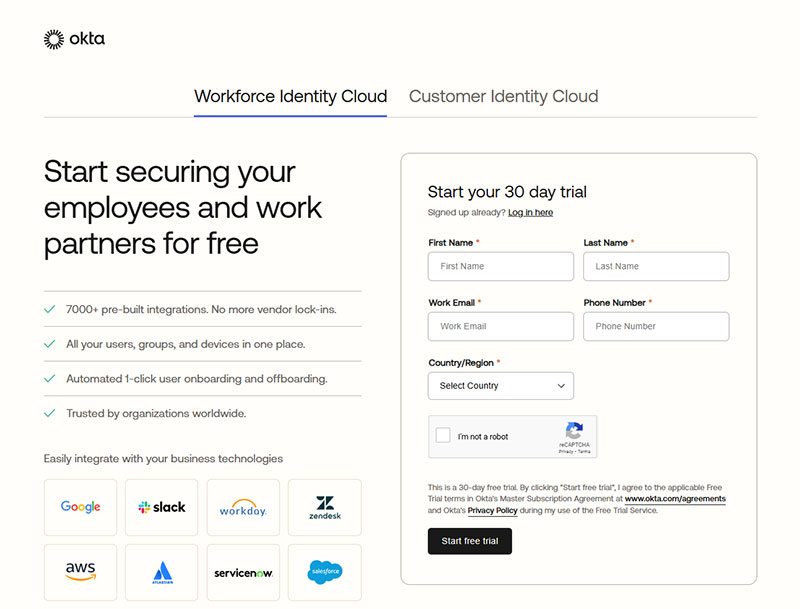
Image source: okta.com
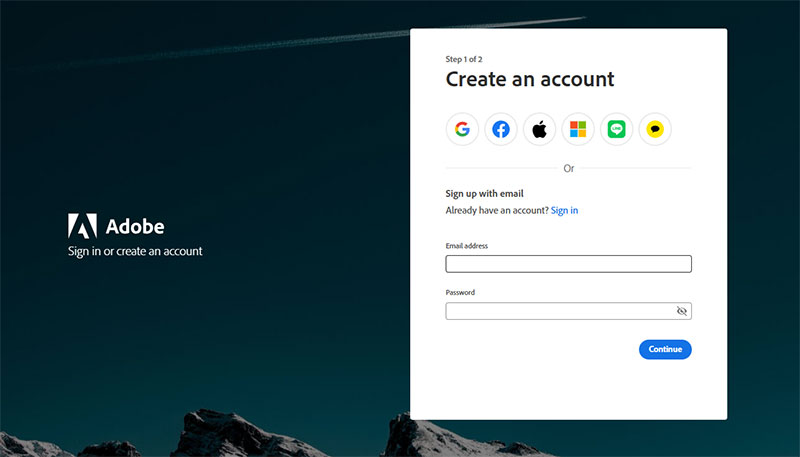
Image source: adobe.com
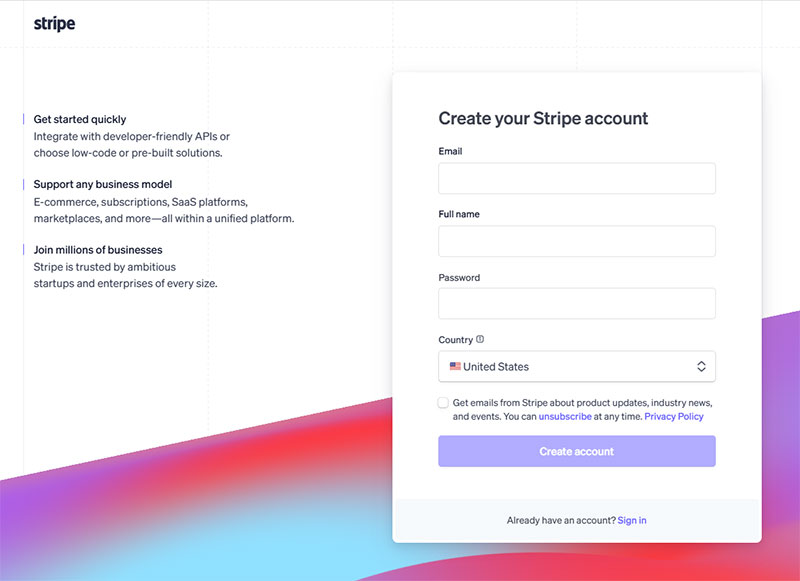
Image source: stripe.com
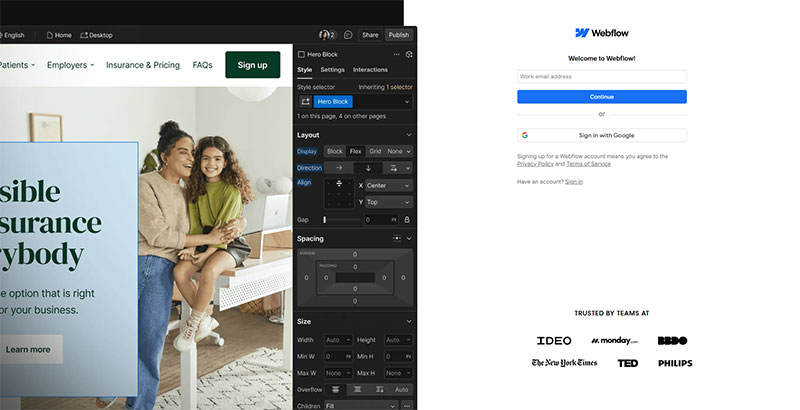
Image source: webflow.com

Image source: monday.com
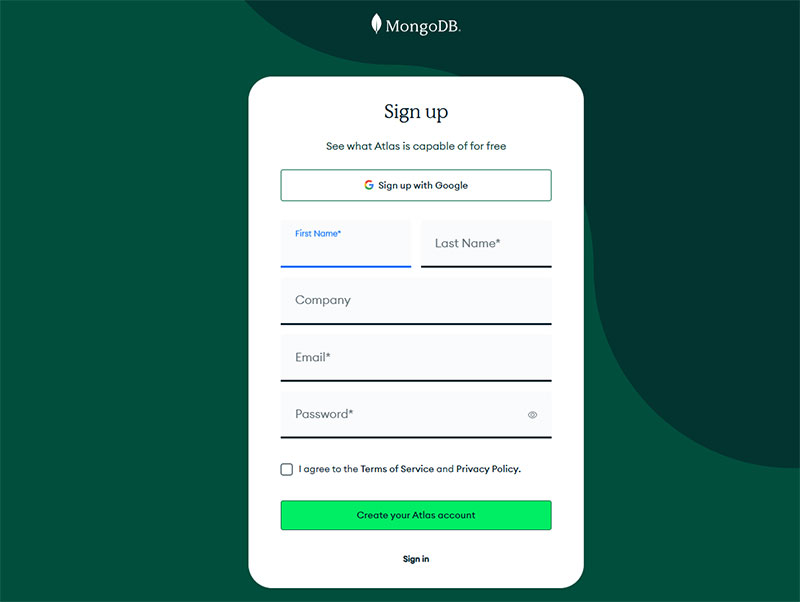
Image source: mongodb.com
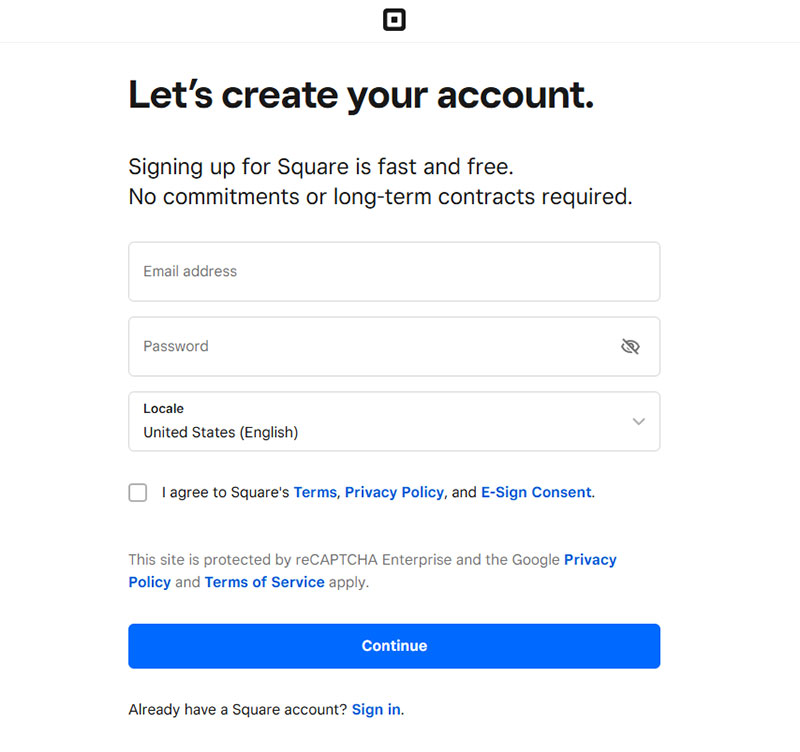
Image source: square.com
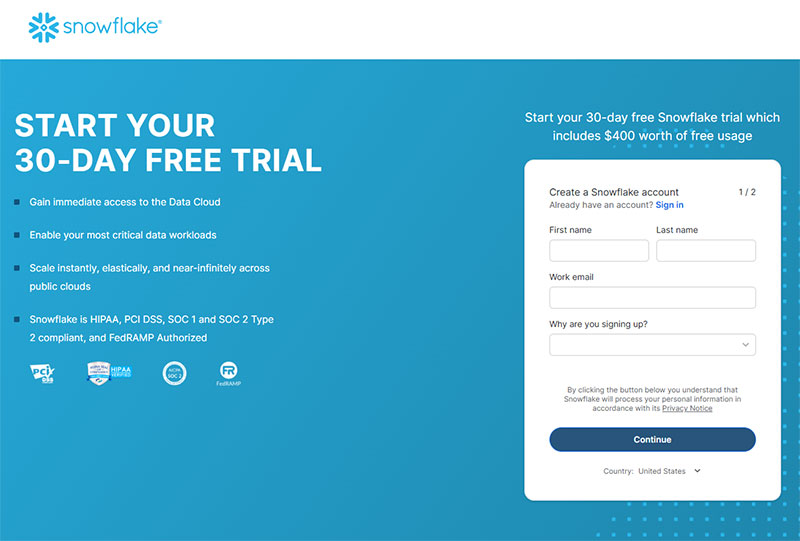
Image source: snowflake.com
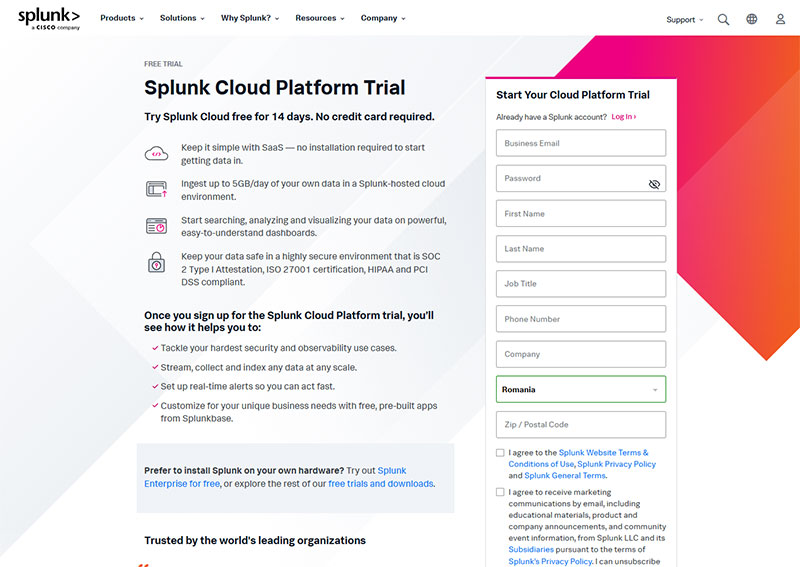
Image source: splunk.com

Image source: hubspot.com
FAQ on Registration Forms
What makes a good registration form design?
Clean form layouts with minimal required fields convert best. Use responsive form design that works across devices. Focus on form UX design principles like proper spacing, clear labels, and intuitive form controls. Bootstrap and CSS3 help create professional-looking forms quickly.
How many fields should a signup form have?
Keep it under 5 fields for maximum conversions. Only ask for information you actually need. User registration forms with fewer fields see 120% higher completion rates. Name, email, and password usually suffice for basic account creation processes.
Should I use single-step or multi-step registration?
Multi-step registration works better for complex signups. Break long forms into logical sections. Single-step forms work for simple user registration. Test both approaches using Google Analytics to measure conversion optimization results and signup conversion rates.
What are the best form validation practices?
Implement real-time form validation using JavaScript. Show errors immediately, not after submission. Use clear form error handling messages. Validate email format, password strength, and required fields. Good form validation prevents user frustration and abandonment.
How do I make forms mobile-friendly?
Use mobile-first forms with large touch targets. Mobile registration forms need bigger buttons and proper spacing. HTML5 input types improve mobile keyboards. Test on actual devices, not just desktop browsers. Responsive form design adapts to any screen size.
What placeholder text should I use?
Effective placeholder text provides helpful examples without replacing labels. Use “[email protected]” for email fields. Avoid instructions as placeholders. Real labels stay visible when users type. Form accessibility requires proper labeling practices.
How can I reduce form abandonment?
Minimize required fields and use progressive web forms. Show progress indicators for longer forms. Implement conditional logic to hide irrelevant fields. Clear form error message text helps users fix mistakes quickly. Good form UX design keeps users engaged.
Should I include social login options?
Social sign up forms reduce friction significantly. Facebook, Google, and LinkedIn logins speed up registration. Still provide email signup as backup. Social options work best alongside traditional account creation methods, not as replacements.
What security features do registration forms need?
Password strength indicators and CAPTCHA prevent spam. HTTPS protects data transmission. Implement rate limiting against brute force attacks. Store passwords securely using proper hashing. Consider form security best practices for WordPress sites.
How do I test registration form performance?
A/B testing different form design patterns shows what converts. Use Hotjar for user session recordings. Monitor form submission rates and abandonment points. Google Analytics tracks conversion funnels. Test field order, button colors, and copy variations systematically.
Conclusion
Effective registration form examples demonstrate how thoughtful design drives higher conversion rates. Smart form components and strategic form patterns turn visitors into registered users consistently.
Angular, React, and Vue.js frameworks offer powerful tools for building dynamic signup forms. Modern form builder platforms simplify the creation process while maintaining professional standards.
Success depends on understanding your audience needs. User onboarding flows should feel natural, not forced. Form optimization requires continuous testing and refinement based on real user behavior data.
Key elements include:
- Semantic UI and Material Design principles for clean aesthetics
- Tailwind CSS for rapid styling iterations
- Font Awesome icons that guide user actions
- jQuery interactions that enhance usability
Whether using Figma prototypes or CodePen experiments, focus on form accessibility and user experience forms. Great registration systems balance functionality with simplicity. MDN Web Docs and W3Schools provide technical guidance for implementation details.
Start building better signup experiences today.
If you liked this article about registration form examples, you should check out this article about contact us page templates.
There are also similar articles discussing contact us page examples, lead generation form examples, contact form examples, and intake form examples.
And let’s not forget about articles on subscription form examples, feedback form examples, GDPR consent form examples, and form design.


